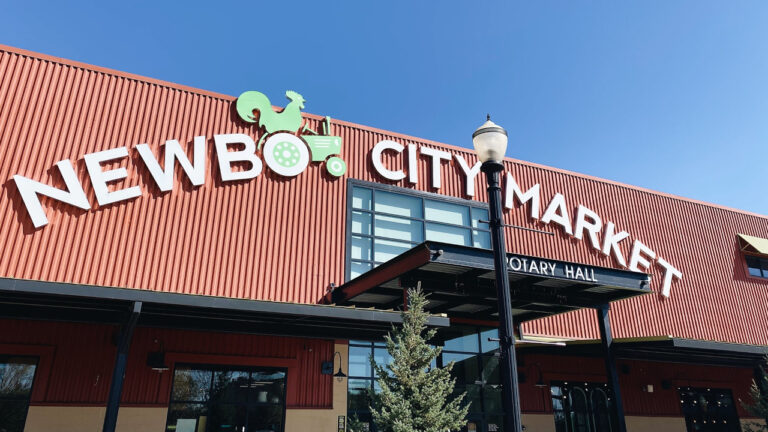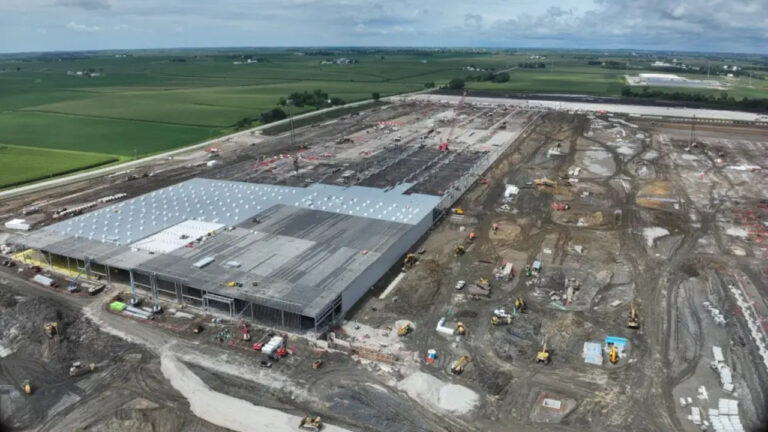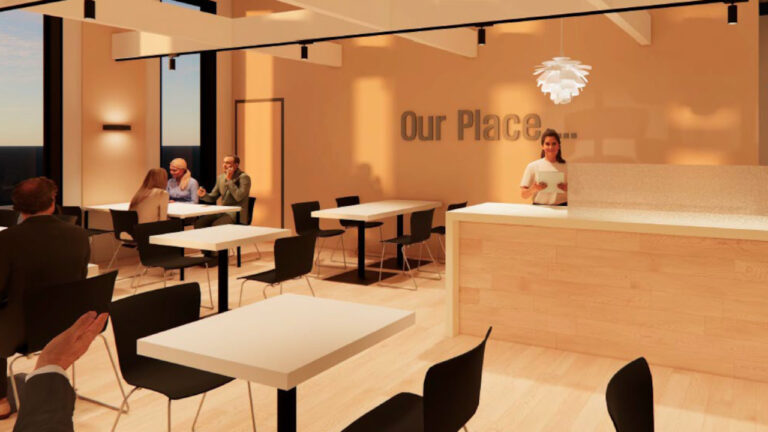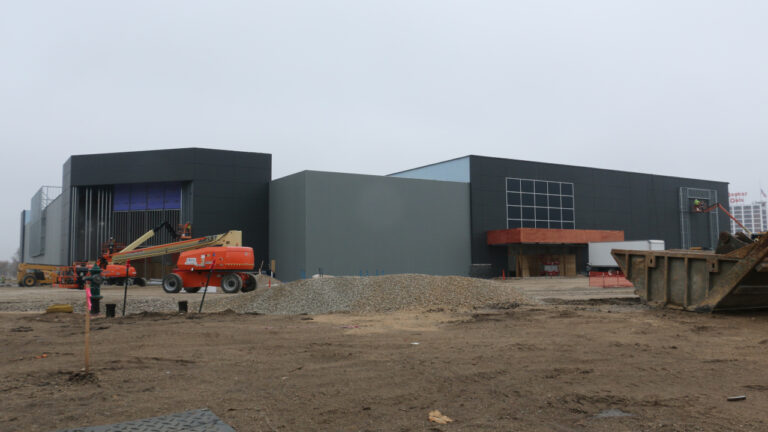COVID-19 and health care: How have we changed?
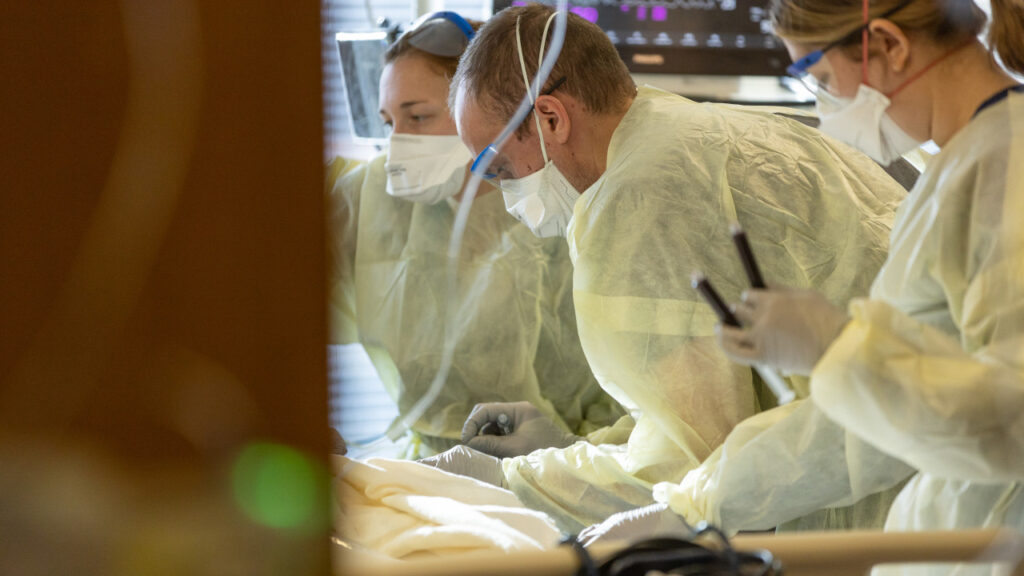
Doctors and nurses work with a COVID-19 patient in the Medical Intensive Care Unit (MICU) at UI Health Care Medical Center in February 2022. CREDIT UI HEALTH CARE
From a medical perspective, COVID-19 is not the public health care emergency it was five years ago.
But for the chief medical officers of the Corridor’s three largest hospitals – UnityPoint Health – St. Luke’s Hospital, Mercy Medical Center and UI Health Care Medical Center – the pandemic represented a seminal moment in health care, and brought dramatic changes in both health care practices and the overall approach to large-scale…

Want to Read More?
Get immediate, unlimited access to all subscriber content and much more.
Learn more in our subscriber FAQ.
Do you want to read and share this article without a paywall?



